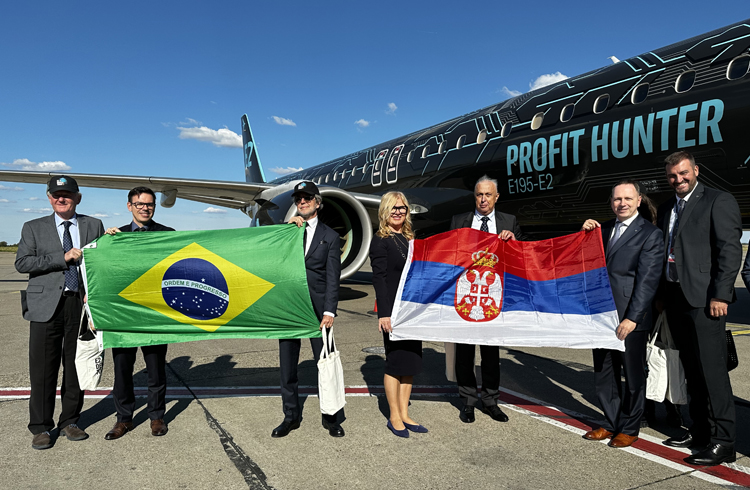INDIAN ARMED FORCES CHIEFS ON OUR RELENTLESS AND FOCUSED PUBLISHING EFFORTS

The insightful articles, inspiring narrations and analytical perspectives presented by the Editorial Team, establish an alluring connect with the reader. My compliments and best wishes to SP Guide Publications.

"Over the past 60 years, the growth of SP Guide Publications has mirrored the rising stature of Indian Navy. Its well-researched and informative magazines on Defence and Aerospace sector have served to shape an educated opinion of our military personnel, policy makers and the public alike. I wish SP's Publication team continued success, fair winds and following seas in all future endeavour!"

Since, its inception in 1964, SP Guide Publications has consistently demonstrated commitment to high-quality journalism in the aerospace and defence sectors, earning a well-deserved reputation as Asia's largest media house in this domain. I wish SP Guide Publications continued success in its pursuit of excellence.
- Indian Air Force Aims for Full Indigenous Inventory by 2047 — Air Chief Marshal A.P. Singh
- Rajnath Singh assumes charge as Defence Minister for the second consecutive term
- Interim Defence Budget 2024-25 — An Analysis
- Union Defence budget 2024
- Prime Minister Modi Flies in the LCA Tejas
- New Chapter in India-Italy Defence Ties
- Airpower beyond Boundaries
Embraer Presents the E195-E2 Aircraft in Belgrade

Embraer's newest aircraft, the E195-E2, visited Nikola Tesla Airport today for a demonstration event to representatives of the Serbian national airline Air Serbia, the Government of the Republic of Serbia, the aviation industry, and the media. This was an opportunity for key stakeholders to get acquainted with the innovative design, comfort, and operational efficiency of the Embraer E2; the world's most efficient and quietest single-aisle airplane, offering a highly reliable and efficient solution for short and medium-haul flights.
For Air Serbia, the fastest-growing airline in Europe, fleet modernization and expansion represent a key strategic goal. To meet increasing passenger demand for short and medium-haul flights, the Serbian national carrier is continuously exploring the possibility of further developing its fleet and introducing additional aircraft into service. Recently, Air Serbia's fleet was expanded with two Embraer aircraft, which are expected to enhance connectivity between Belgrade and cities across the Western Balkans and Europe, while also promoting economic growth in the Republic of Serbia, particularly in the tourism sector.
"Air Serbia's network is constantly growing, and with it, our fleet. In the coming period, we will introduce two Embraer E195 aircraft into service. These aircraft, with 118 seats, are perfectly suited to our plans for further network expansion. We plan to gradually expand our Embraer fleet by adding a number of these aircraft. Before deciding on the E195, we closely collaborated with the Embraer team to find the aircraft type that best suits our needs. Today, in Belgrade, we had the opportunity to familiarize ourselves with the latest Embraer E195-E2 and to receive all the information about this aircraft type from the company's representatives. We are honoured that Embraer provided us with this opportunity, especially at our home airport," said Boško Rupić, GM Commercial and Strategy at Air Serbia.
"The demonstration flight provided an excellent opportunity to showcase the operational efficiency, low maintenance costs, and adaptability of our E2 family to changing market conditions, making it a perfect fit for Serbia," said Fernando Mainardi, VP Sales Europe, Embraer Commercial Aviation. "Our aircraft is 10% lighter and uses 12.5% less fuel than the competition. Passengers will also enjoy Embraer's trademark two plus two configuration - meaning no middle seats, plus larger overhead bins, moodlighting, and a quieter cabin. We are excited about the opportunities the E2 offers Air Serbia as it continues to grow and strengthen its position in the region.
For airlines flying the Embraer E195-E1, transitioning aircrew to the E195-E2 is easy to manage and inexpensive. Despite being different generations of aircraft, only two and a half days additional training is necessary for pilots to switch to the E2. This means that airlines do not incur high training costs, and the introduction of the new aircraft will not significantly impact operations.





